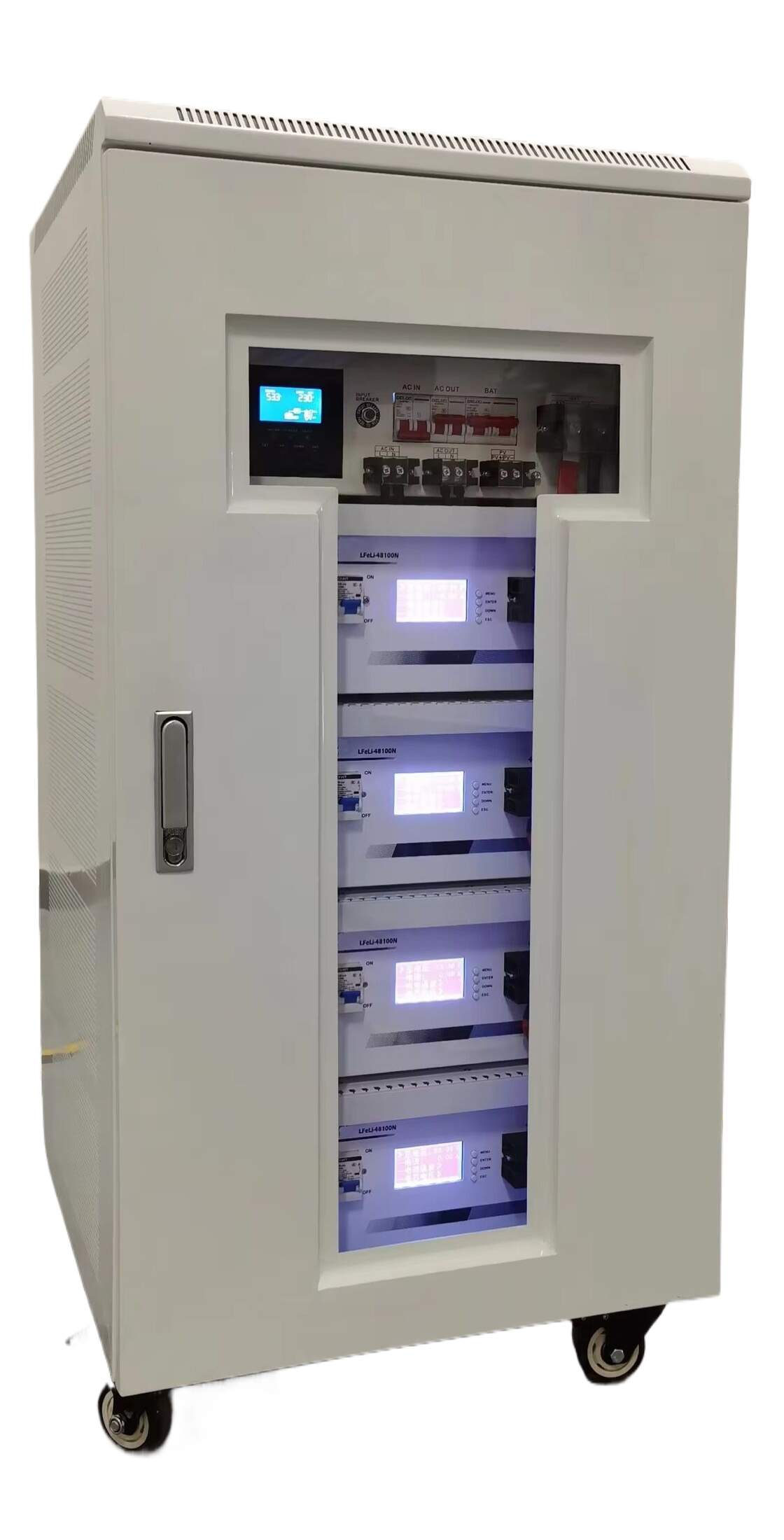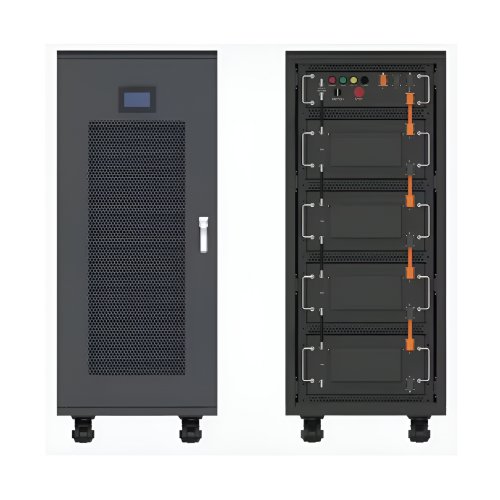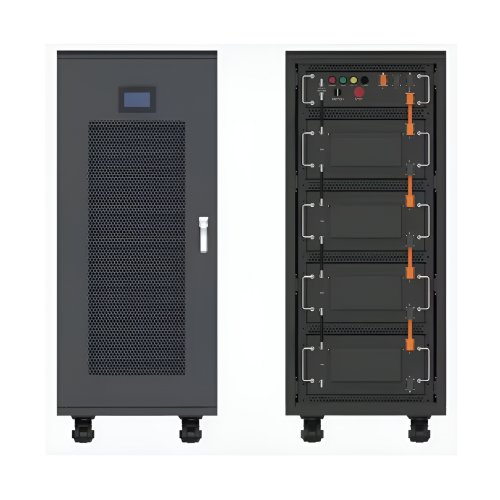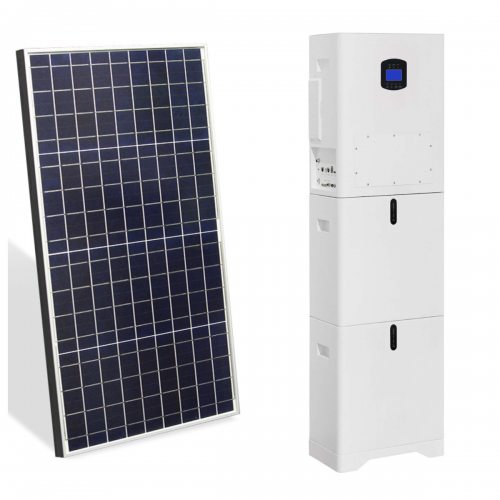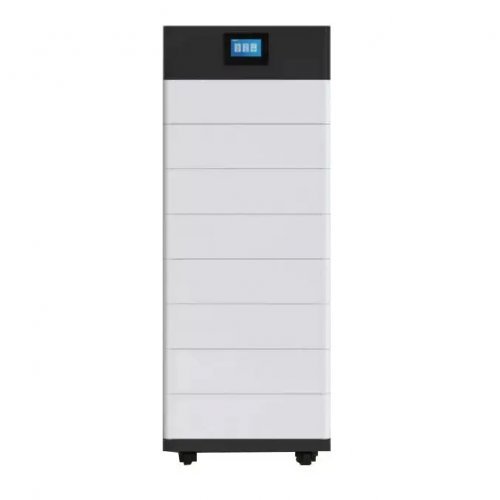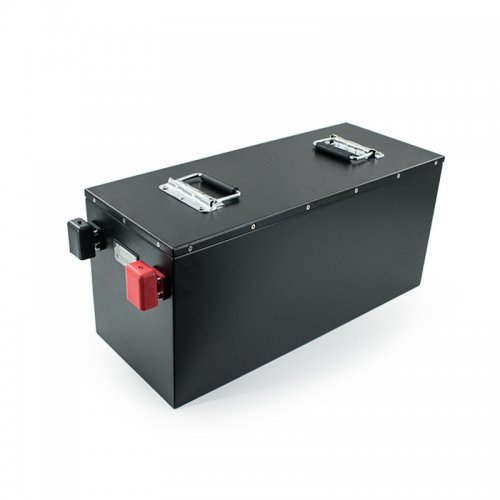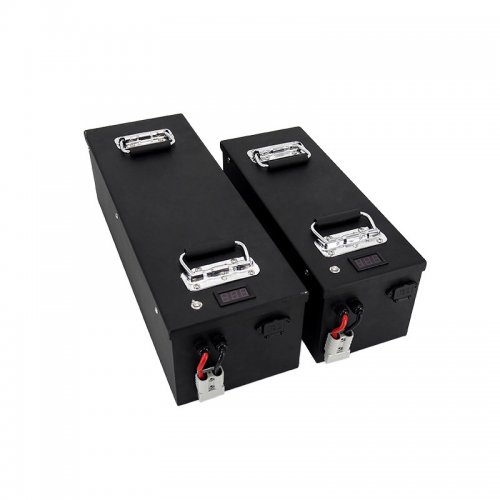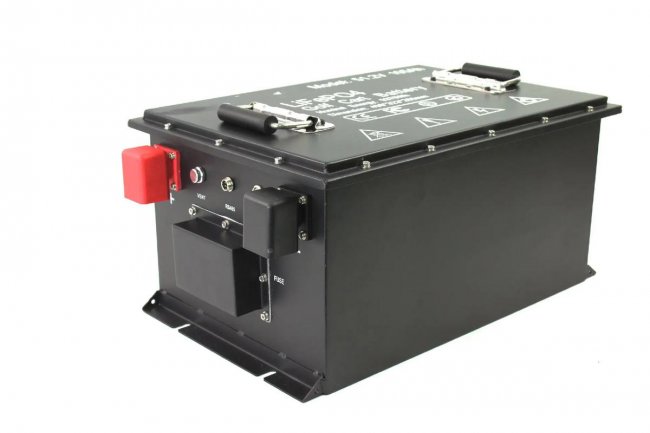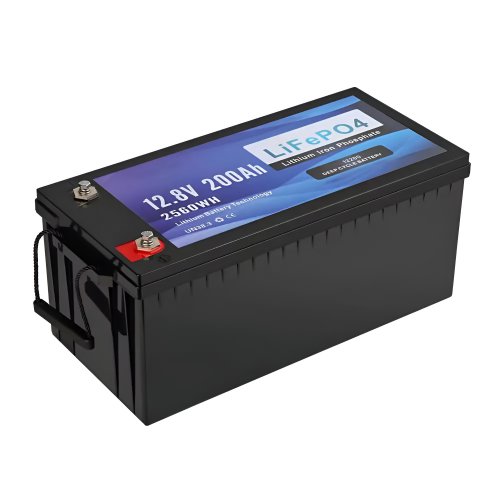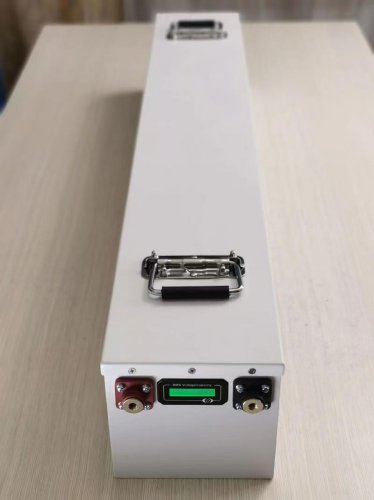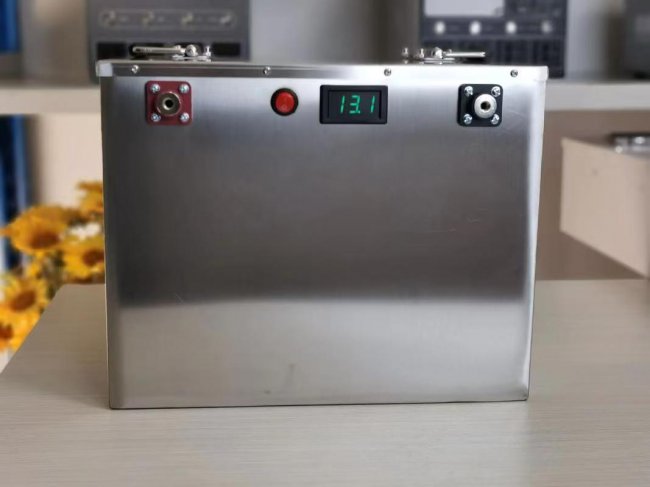How To Use Temperature Range: A Practical Guide For Optimal Performance And Safety
The concept of a "temperature range" is fundamental across countless applications, from scientific research and industrial processes to everyday electronics and culinary arts. It defines the spectrum of temperatures within which a system, material, or device is designed to operate safely, efficiently, and effectively. Misunderstanding or neglecting the specified temperature range can lead to catastrophic failure, inaccurate results, reduced lifespan, or even safety hazards. This guide provides a comprehensive, step-by-step approach to correctly utilizing temperature range specifications to ensure optimal outcomes.
Understanding the Fundamentals
Before application, it's crucial to understand what a temperature range represents. Typically, it is presented as a minimum and maximum value (e.g., -20°C to 50°C or 32°F to 122°F). This is theoperatingtemperature range. Some products may also list astoragetemperature range, which can be wider and indicates safe temperatures when the device is powered off.Minimum Temperature: Below this point, materials may become brittle (e.g., plastics crack), lubricants solidify, electronic components behave unpredictably, or chemical reactions slow to a halt.Maximum Temperature: Exceeding this limit can cause thermal runaway in electronics, degradation of materials (e.g., melting or warping), premature aging, and the breakdown of chemical compounds or batteries.
Step-by-Step Usage Guide
Step 1: Identify and Locate the Specification Your first task is to find the official temperature range. Do not rely on assumptions.For Devices & Electronics: Check the user manual, the manufacturer’s website, or a label on the device itself (often on the back or near the power input).For Chemicals & Reagents: The Safety Data Sheet (SDS) is the definitive source. The storage and handling sections will provide critical temperature limits.For Materials (e.g., plastics, alloys): Consult the technical data sheet from the supplier, which will detail thermal properties like heat deflection temperature or glass transition temperature.
Step 2: Interpret the Range in Context Simply knowing the numbers is not enough. You must interpret them within your specific context.Is it Operating or Storage? Ensure you are looking at the correct range for your activity. Storing a battery at -10°C might be acceptable, but trying to charge it at that temperature could permanently damage it.Consider the Environment: Will the device be used indoors in a climate-controlled lab or outdoors in a desert? Account for direct sunlight, which can significantly increase the internal temperature of an object beyond the ambient air temperature. A black device left in the sun can easily be 20°C hotter than the surrounding environment.
Step 3: Plan for the Application Based on your interpretation, create an implementation plan.Environmental Control: If your application falls outside a comfortable indoor range, you need to plan for control measures. This could involve using an incubator or oven for higher temperatures, or a refrigerator or environmental chamber for lower temperatures.Acclimatization: Never subject equipment or materials to a sudden, drastic temperature change. If a device has been stored in a cold car, allow it to gradually warm to room temperature before powering it on to prevent condensation from forming inside, which can cause short circuits.Calibration: For sensitive measurement equipment (e.g., probes, sensors), verify that the calibration is valid across the entire working temperature range. Some instruments may require temperature-specific calibration curves.
Step 4: Monitor and Maintain Passively assuming conditions are correct is a common pitfall. Active monitoring is key.Use Independent Sensors: Don't solely rely on a device's own temperature reading. Use a separate, calibrated thermometer or data logger placed in the same environment to get a true reading of the ambient conditions.Log Data: For critical processes, continuously log temperature data. This provides a record for troubleshooting, validating experiments, and ensuring compliance with standards.Ensure Ventilation: For electronics operating near their maximum range, ensure all ventilation ports are unobstructed. Consider using external fans or heat sinks to aid cooling.
Practical Tips and Operational Advice
1. Build in a Safety Margin: Avoid operating consistently at the absolute extremes of the range. For instance, if a processor's maximum operating temperature is 100°C, design your system to keep it below 85°C. This margin significantly extends the product's lifespan and improves reliability. 2. Understand Transient vs. Sustained Conditions: Some specifications distinguish between a short-term spike and a sustained temperature. A device might withstand 60°C for a few minutes but fail if kept at that temperature for an hour. Check the fine print for this detail. 3. Factor in Self-Generated Heat: Electronic devices and motors generate their own heat. The "operating temperature" refers to theenvironmentaltemperature around the device. The internal components will be hotter. A computer CPU in a 35°C room will run much hotter than one in a 20°C room, even under the same workload. 4. Consider the Full Cycle: For processes involving temperature cycling (repeatedly heating and cooling), the rate of change is critical. A rapid thermal cycle can cause mechanical stress due to expansion and contraction, leading to fatigue failure faster than a slow, gradual cycle.
Critical Precautions and WarningsDo Not Extrapolate: If a specification is given for a limited range, do not assume it holds true beyond that range. The behavior outside the specified limits is undefined and unpredictable.Beware of Condensation: Moving a cold object into a warm, humid environment will cause water to condense on and inside it. This is a major killer of electronics and can ruin scientific samples. Always allow for a slow, sealed acclimatization period or use desiccants.Prioritize Safety: Pushing temperatures beyond the specified range can have consequences far beyond product failure. Lithium-ion batteries can catch fire or explode if overheated. Chemicals can decompose into toxic or volatile substances. Always err on the side of caution.Account for Altitude and Humidity: In some cases, especially with electronics, the maximum temperature rating may be derated at higher altitudes because the thinner air is less effective at cooling. High humidity can also combine with temperature to create challenging operating conditions.
By meticulously following these steps—identifying, interpreting, planning, and monitoring—you transform the "temperature range" from a simple line on a datasheet into a powerful tool for ensuring reliability, accuracy, and safety in all your endeavors. A disciplined approach to thermal management is a hallmark of professional and successful practice.
Customized/OEM/ODM Service
HomSolar Supports Lifepo4 battery pack customization/OEM/ODM service, welcome to contact us and tell us your needs.


HomSolar: Your One-stop LiFePO4 Battery Pack & ESS Solution Manufacturer
Our line of LiFePO4 (LFP) batteries offer a solution to demanding applications that require a lighter weight, longer life, and higher capacity battery. Features include advanced battery management systems (BMS), Bluetooth® communication and active intelligent monitoring.

Customised Lithium Iron Phosphate Battery Casing
ABS plastic housing, aluminium housing, stainless steel housing and iron housing are available, and can also be designed and customised according to your needs.

HomSolar Smart BMS
Intelligent Battery Management System for HomSolar Energy Storage System. Bluetooth, temperature sensor, LCD display, CAN interface, UART interface also available.


Terminals & Plugs Can Be Customized
A wide range of terminals and plugs can be customised to suit the application needs of your battery products.

Well-designed Solutions for Energy Storage Systems
We will design the perfect energy storage system solution according to your needs, so that you can easily solve the specific industry applications of battery products.



About Our Battery Cells
Our energy storage system products use brand new grade A LiFePO4 cells with a battery lifespan of more than 4,000 charge/discharge cycles.



Applications in Different Industries
We supply customized & OEM battery pack, assemble cells with wiring, fuse and plastic cover, all the cell wires connected to PCB plug or built BMS.
Applications: E-bike, Electric Scooter, Golf Carts, RV, Electric Wheelchair, Electric Tools, Robot Cleaner, Robot Sweeper, Solar Energy Storage System, Emergency Light, Solar Power Light, Medical Equipment, UPS Backup Power Supply.
We can provide you with customized services. We have the ability to provide a vertical supply chain, from single cells to pack/module and to a complete power solution with BMS, etc.


HomSolar (Shenzhen) Technology Co., Ltd







